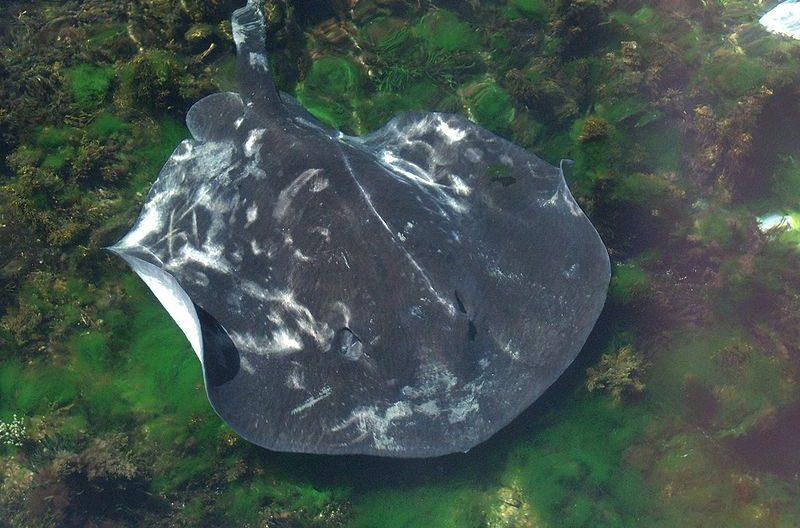A 42-year-old man died from cardiac arrest on Nov. 17 shortly after an incident at a Tasmanian beach near Hobart where he sustained injuries to his abdomen, most likely caused by a stingray.
The incident happened around 3:00 p.m. at the southeastern end of Roches Beach in Lauderdale—about 13 kilometres east of Hobart.




